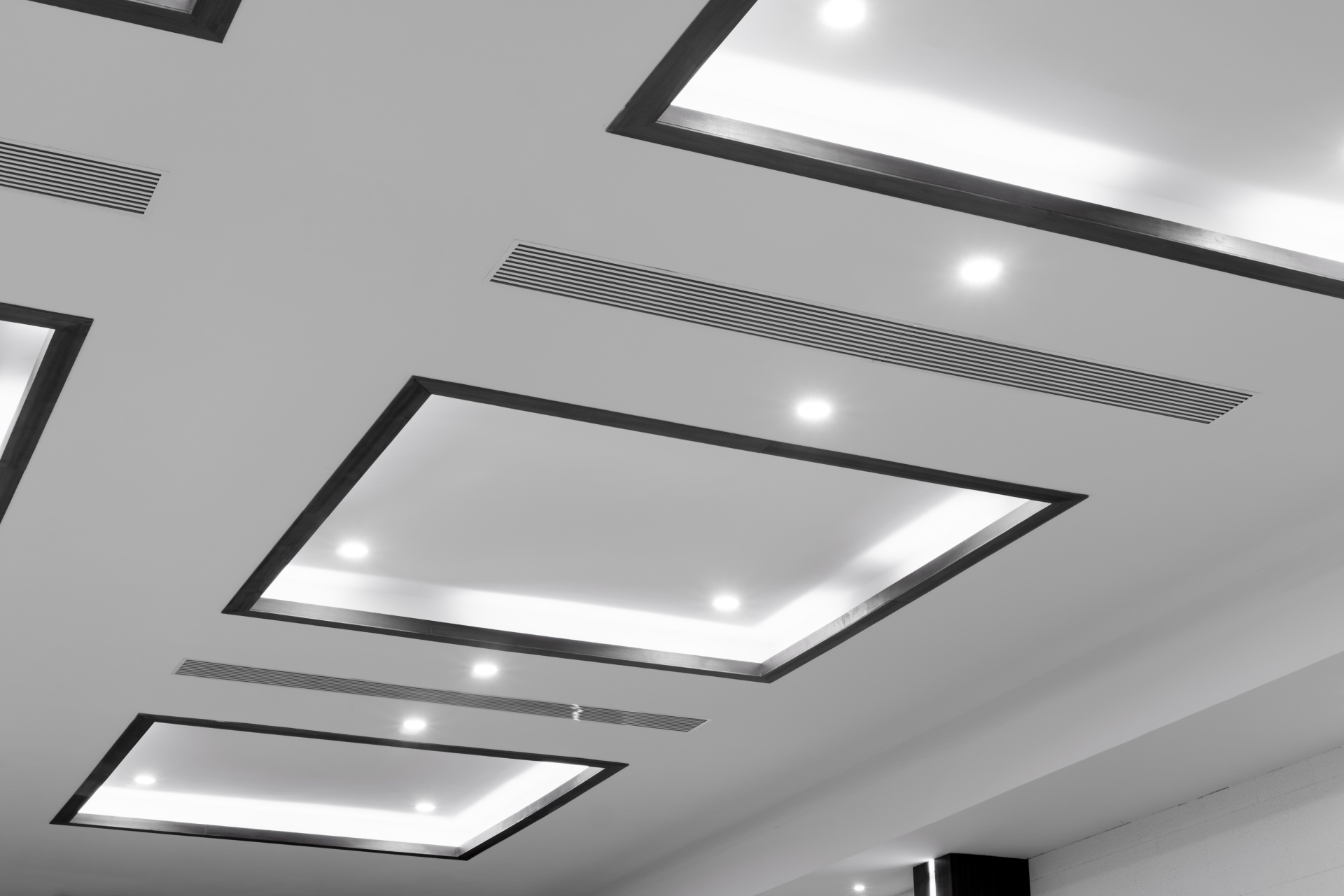
UK Compliant – Standards and Guidance

At Compliance, our experienced team of compliance consultants provider a comprehensive service throughout the UK. Call us today for more information about our free consultations.

Are you compliant?
To request a FREE consultation contact us today to find out more.

AIR Systems. Legislation, Standards, Guidance and Specifications
Air Handling and General Ductwork Systems
- Health & Safety Regulations
- BS 9999: Fire safety in the design, management, and use of buildings – Code of practice.
- BS EN 15780: Ventilation for buildings — Ductwork — Cleanliness of ventilation systems.
- TR 19 AIR: 2023 Internal cleanliness and hygiene management of ventilation systems. NAAD-21 Part 1 – AIR.
Kitchen Grease Extract Systems
- Regulatory Reform (Fire Safety) Order
- Health & Safety Regulations
- Building Insurance Conditions and Warranties
- BS 9999: Fire safety in the design, management, and use of buildings – Code of practice.
- TR 19 GREASE: Fire risk management of grease accumulation within kitchen extraction. NAAD-21 Part 2 – Grease.
Fire and Smoke Damper Installations – Testing and Maintenance
- Regulatory Reform (Fire Safety) Order
- Health & Safety Regulations
- Building Insurance Conditions and Warranties
- BS 9999: Fire safety in the design, management, and use of buildings – Code of practice.
- VH 001: Fire and smoke damper maintenance.
- DW 145: 2024 Installation, Inspection and testing of fire dampers – NAAD-22: 2023 Fire Dampers Parts 1 – 2 – 3.
Local Exhaust Ventilation (LEV) – Testing
- Control of Substances Hazardous to Health (COSHH)
- BS 9999: Fire safety in the design, management, and use of buildings – Code of practice.
- HSG 258: Controlling airborne contaminants at work guide to Local Exhaust Ventilation.
- TR 40: A guide to good practice for local exhaust ventilation.

WATER Systems – Legislation, Standards and Guidance
Approved Code of Practice (ACOP) L8 The Control of Legionella in Water Systems
Stems from the Health and Safety at Work Regulations 1974 and the Control of Substances Hazardous to Health Regulations 2002 (COSHH).
Separation of the ACOP from the Guidance HSG 274 parts 1, 2 and 3
In response to public consultation in 2013/2014, the HSE decided to separate the ACOP from its guidance and publish three supporting documents.
- Part 3 offers variation on guidance for “other systems” that could pose a risk. From a Legionella management perspective building with air handling and ventilation installations should be classified in accordance with HSG 274 Guidance Part 3 that offers variation on guidance for “other systems” that could pose a risk.
BS 8680:2020, Water quality – Water safety plans – Code of Practice
Covers water quality and the development of water safety plans for business.
BS 8580-2:2022 Water quality – Risk assessments for Pseudomonas aeruginosa and other waterborne pathogens. Code of practice
Applies to risk assessments undertaken on premises, plant, and systems and where control measures may have been implemented. This revision now aligns the standard with HSE ACoP L8 and its associated guidance documents. Legionella risk assessment is a legal requirement, making this standard invaluable to anyone responsible for the safe management of water systems, especially within hospitals, the wider healthcare industry, leisure centres and schools.
BS 8580-2:2022 Water quality – Part 2: Risk assessments for Pseudomonas aeruginosa and other waterborne pathogens – Code of practice
Users will typically be water supply managers, building engineers and designers, installers and commissioners, risk assessors, Health & Safety inspectors, Environmental Health Officers, health industry managers, building services engineers, water treatment consultants, public buildings owners and operators, anybody involved in the management of private water supplies, building water systems water safety teams in hospitals and those responsible for the safe management of water systems, especially within the healthcare industry, leisure centres, schools, swimming pools, etc.
BSRIA BG57 – 2015 Legionnaires Disease – Risk Assessment
4.3.18 Air Handling units, air conditioners and fan coils – Air handling Units and fan coils without humidification can accumulate condensate in drip trays if badly installed, subject to rainwater ingress or when drains become partially blocked.
Stagnant condensate and drip trays that become colonised with bacteria and mould potentially creating a risk to health. It is therefore recommended that this equipment be inspected as part of the legionella risk assessment, particularly if issues have been reported in maintenance records or statutory air conditioning inspection.
Biocidal treatments should be subject to specific risk assessments taking into account at least the following procedures: – Nature of microbiological hazard, nature of treatment, protection of operatives, isolation of third parties, protection of site. In order to avoid any possibility of adding to the indoor air chemical contamination active biocide should not normally remain within air distribution systems.
System component’s where moisture is present with risk of microbiological growth include (but are not limited to the following items): –
1. Fresh air intakes
2. Filtration
3. Cooling coils including associated Condensate drain trays & pipework
4. Humidification
5. Terminal items (Fan coil units)
6. Ventilation ductwork (External)

Get your free compliance consultation. Contact us at info@complianceairandwater.com.
